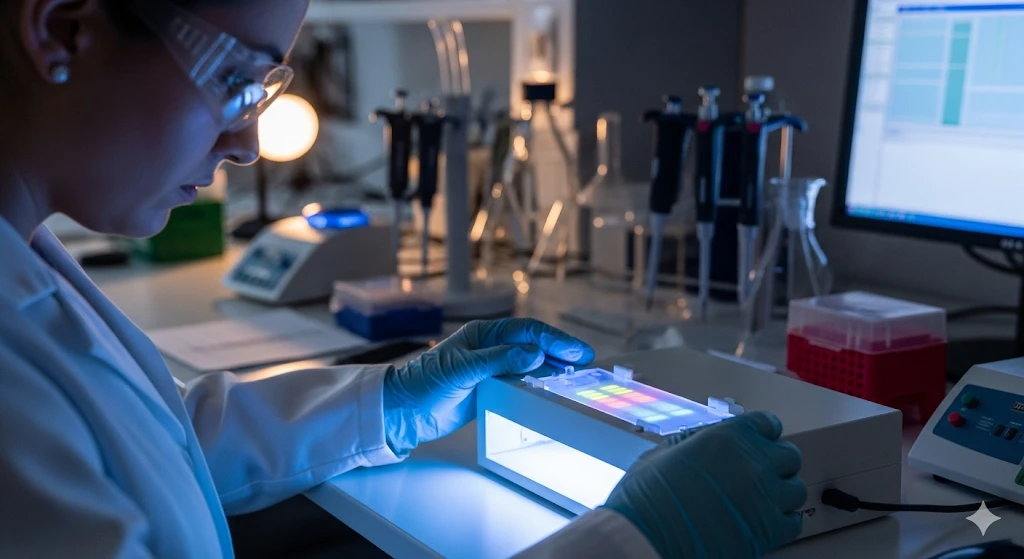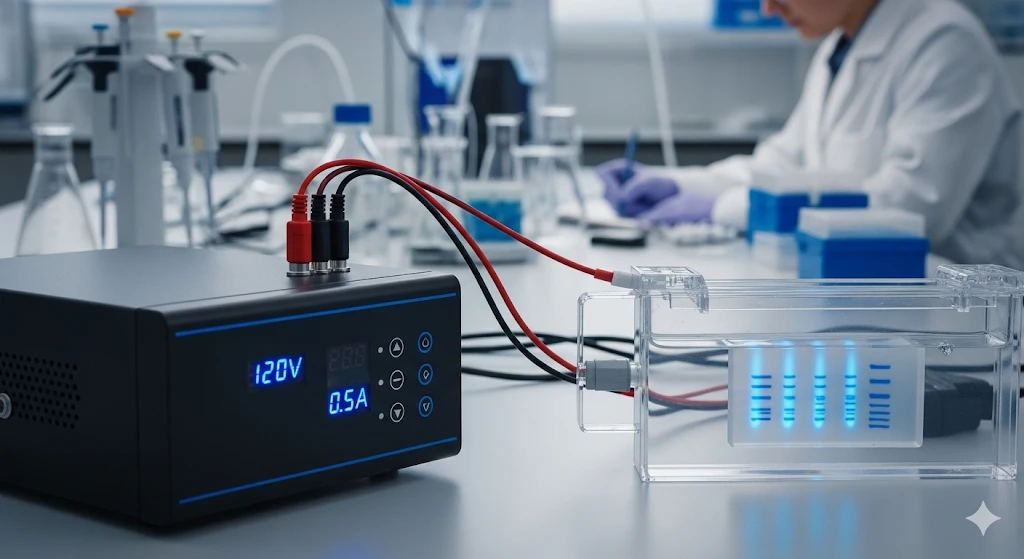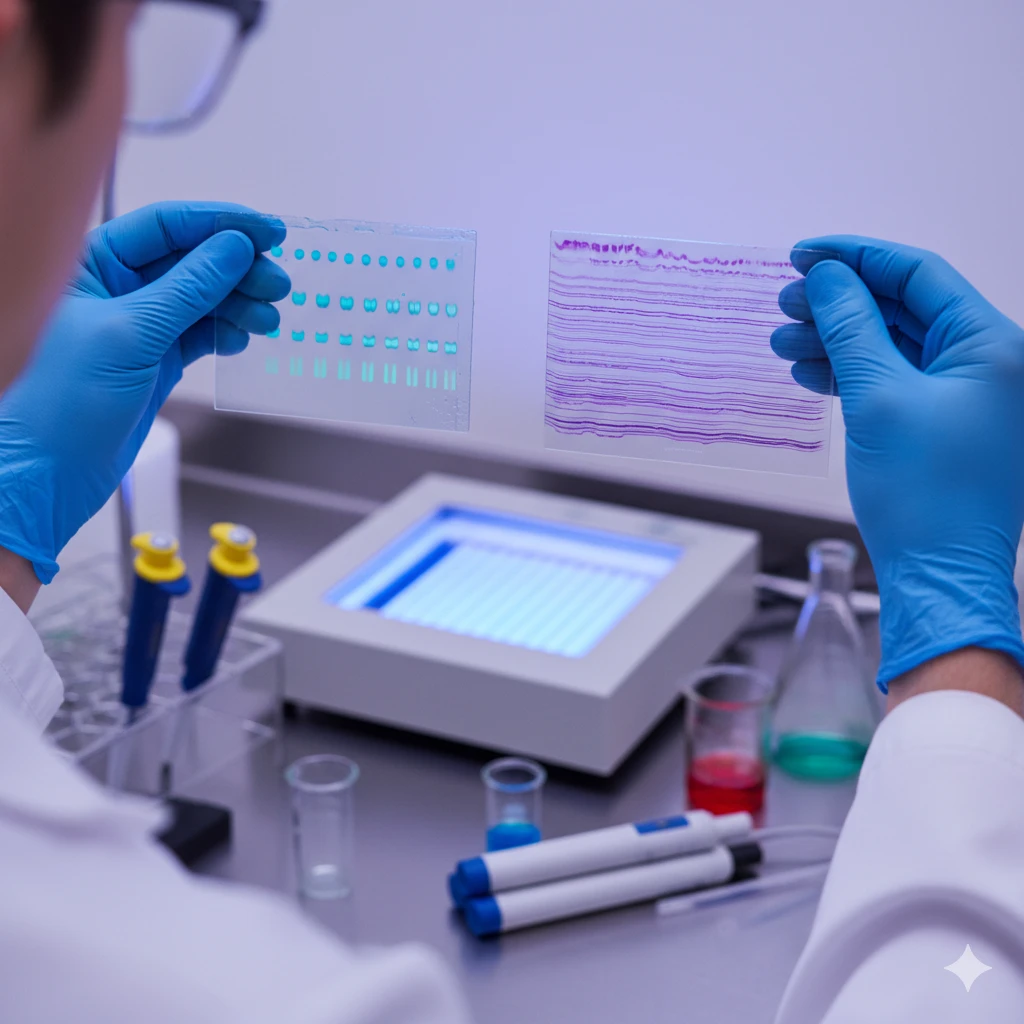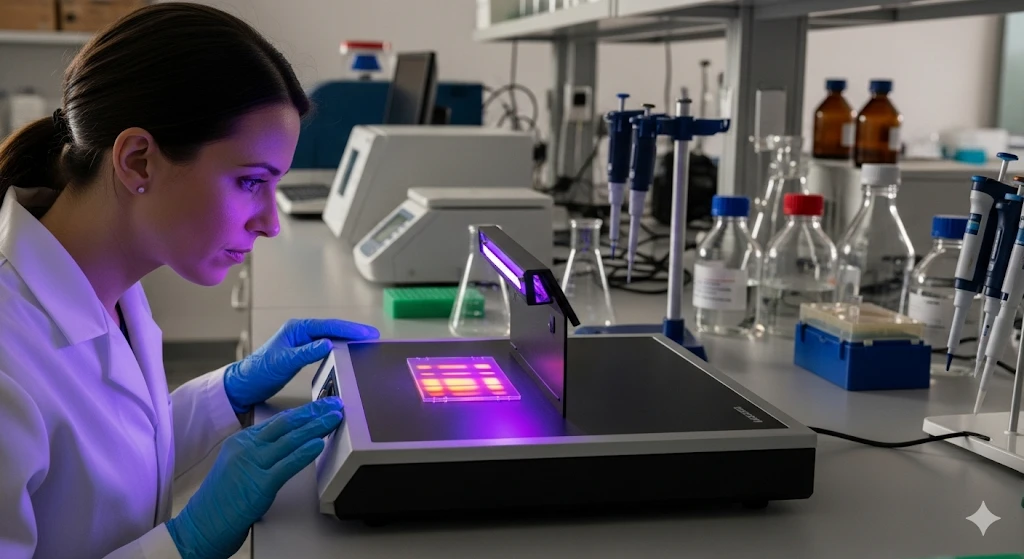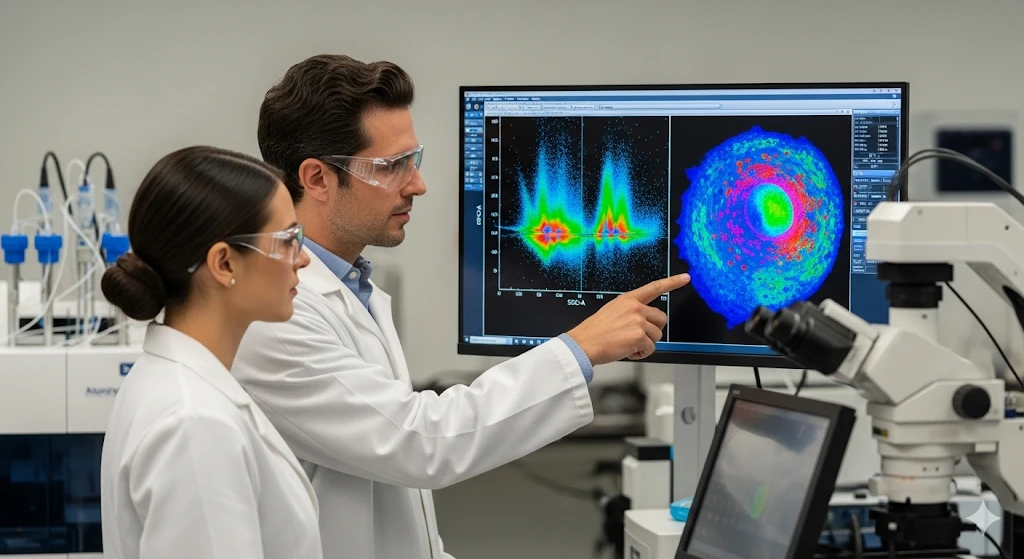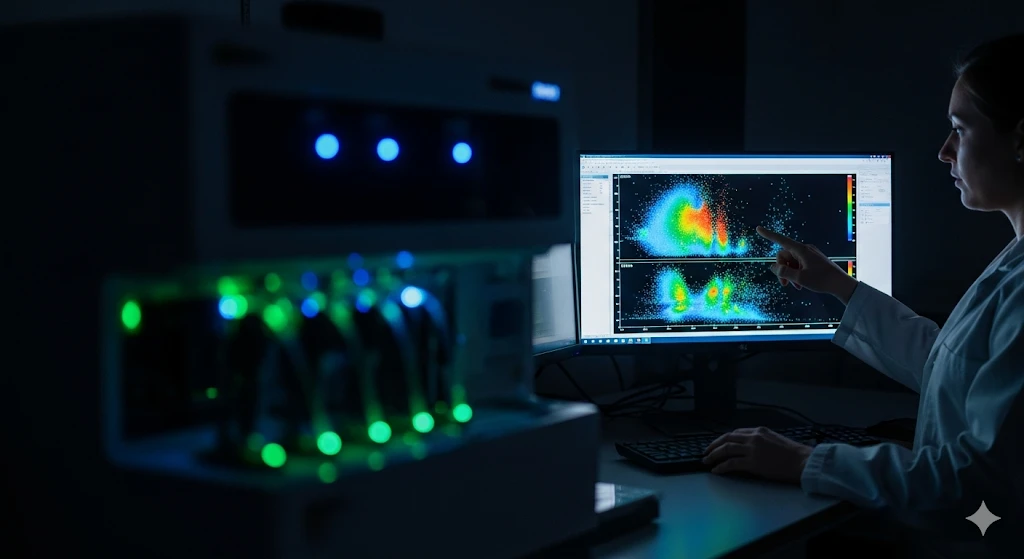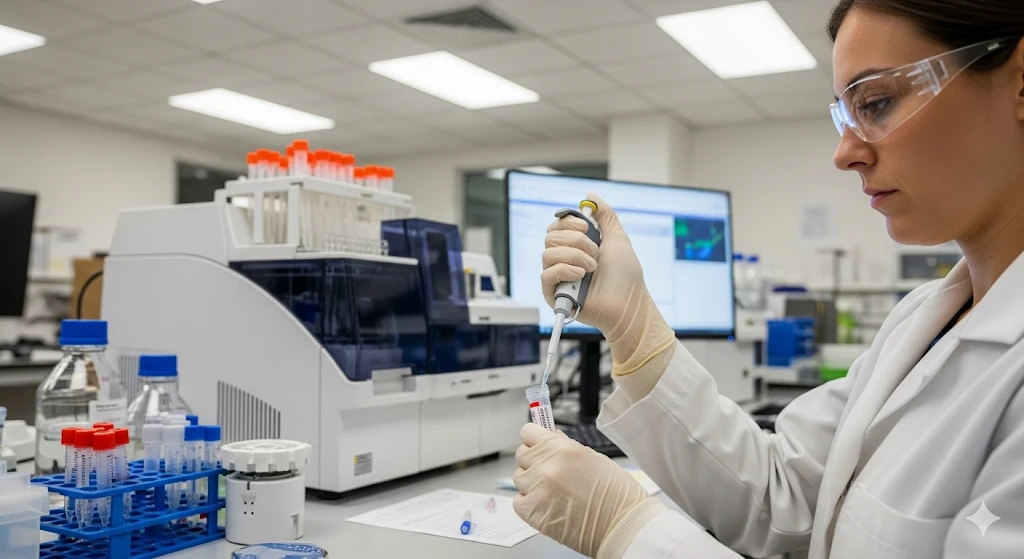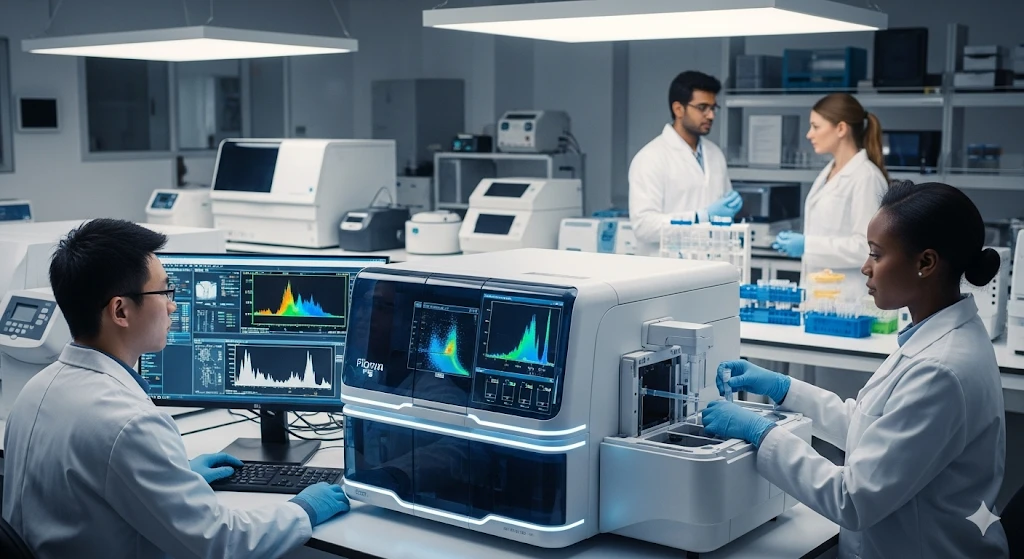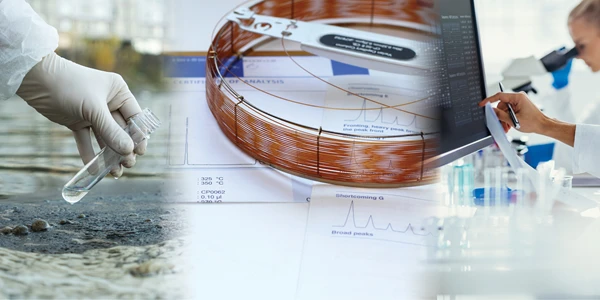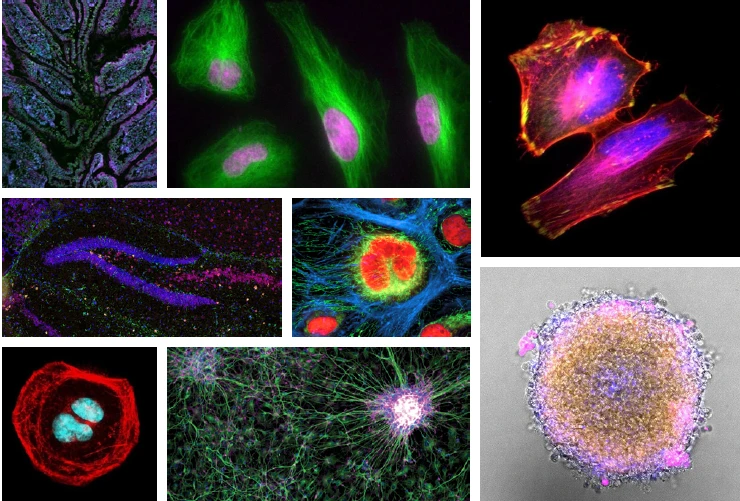PRP-C18 Polymer Columns: A Next Generation Solution for Synthetic Oligonucleotide Purification
Summary
Existing silica-based columns fall short in delivering the performance required for advanced oligonucleotide purifications. The PRP-C18 polymeric columns from Hamilton are a state-of-the-art solution, providing the performance, durability, and flexibility for the most demanding next generation applications.
Introduction to oligonucleotide purification
Just as oligonucleotide synthesis has evolved to suit advanced applications, so have the technologies designed for oligo purification and analysis. Modern requirements include longer oligos for multiplexed PCR and gene construction and larger oligo quantities for state-of-the-art diagnostics and therapeutics.
Traditional techniques such as PAGE and desalting/filtration cartridge purification may be well-suited for basic applications, whereas HPLC systems using reversed-phase (RP) or ion exchange (IEX) supports can offer higher purity and yields. Regardless of the technology, limitations persist in terms of purity, capacity, precision, and other important factors.
As oligo applications evolve, it is critical to acknowledge current limitations and look for emerging solutions and technologies. One observed trend is a shift from silica- to polymer-based HPLC columns, as voiced in a recent survey. Regardless of the technology utilized, next-generation oligonucleotide purification should provide increased resolution, enhanced capacity, and superior performance.
Challenges of oligonucleotide purification
Oligo length, required purity, and scale of production dictates the techniques used for purification. A key stage in the purification process involves separation of full-length oligos from failure sequences and by-products. This is a critical step particularly for long oligos, as there is an inverse relationship between the length of the desired product and its abundance in crude synthesis preparations.
Oligos often have modifications such as capping and probe conjugation, as well as secondary structures arising from inter-sequence hydrogen bonding. This is especially relevant for longer oligos, where conditions such as varied pH and temperature are often required to provide high-quality purification.
Column-run reproducibility, replication, and issues such as sample carryover are all concerns for oligo purification by HPLC. Furthermore, procedures such as column washing and the ability to regenerate and reuse columns all factor into the performance and robustness of the technique.
Silica-based reversed-phase and ion exchange supports
HPLC oligo purification using silica-based, reversed-phase, or ion exchange supports have become popular due to their performance and enhanced capacities. RP columns separate oligos based on hydrophobicity, typically using silica particles bonded with hydrocarbon chains via silanol linkages. IEX columns separate oligos based on charge, making use of silica derivatized with anion exchange groups such as alkyl ammonium.
Pain points and limitations of silica-based RP C-18 and IEX HPLC columns
Despite their strengths, silica-based RP and IEX techniques are challenged by important considerations:
- The efficient removal of failure products from crude concentrates often demands that procedures are performed at elevated temperature and pH. Traditional silica-based C18 columns cannot withstand elevated temperatures and break down under high pH. Thus, their effectiveness is significantly limited.
- As mentioned, the synthesis of longer oligos equates to higher levels of impurities in crude concentrates. Silica matrix pores provide only limited access for long oligos and, consequently, less efficient interaction with C-18 functional groups. The results can be diminished column capacity and loss of resolution.
- Longer oligos have greater propensity for secondary structures. The limited temperature- and chemical resilience of silica C-18 columns can lead to incomplete oligo denaturation and resultant loss of resolution and yield. Oligo modifications can complicate the issue even further.
- Elevated temperature and pH, while ideal for long oligo purification, can lead to stationary phase bleeding, peak tailing, carryover and ghost peaks, poor recovery, and diminished lifetimes of silica-based C18 columns. The resulting implications on quality, throughput, and costs are significant.
The PRP-C18 HPLC column solution
Polymer-based columns possess many superior qualities for oligo purification. The solid particles handle high pressures (>5000 psi), withstand strong alkali pH, and resist temperature and chemical effects – all attributes which contrast with traditional silica-based columns.
Poly(styrene divinylbezene) (PS-DVB) polymer is the robust material at the foundation of Hamilton polymer HPLC packing supports. The high degree of cross-linking with divinylbenzene creates a polymer bead that is extremely durable and compatible with demanding oligo purification conditions.
Results of a recent LabX survey of HPLC oligo purification users indicated that performance of separations, the ability to regenerate, and loading capacity were among the most significant limitations with current columns. In contrast to these limitations and concerns, Hamilton’s columns offer the following benefits:
- PRP-C18 columns possess highly-crosslinked PS-DVB beads which produce superior bonding, retention, and peak resolution. Sharper peaks and less heterogeneity equate to enhanced and more precise oligo separations.
- Stability at high temperatures (>100 °C) and across a broad pH range (1-14) means diminished denaturing conditions and secondary structures are not a concern. PRP-C18 columns also allow purification conditions to be readily adjusted to optimize purity and yields.
- Resistance to elevated pH enables the use of strong alkali reagents, such as 1 M sodium hydroxide, in order to remove column impurities and restore performance. This not only increases column reuse, but also removes the burden of column breakdown, sample carryover, ghost peaks, and other impacts to reproducibility.
- Enhanced PRP-C18 loading capacity is attributed to the highly crosslinked solid polymer beads. Coupled with the higher resolving power, these translate to better accuracy and yield in full-length oligo purification.
Survey results further indicated that users would value improvements over their existing columns such as enhanced temperature and chemical resistance, better durability, and availability of a selection of columns to suit different methods.
The PRP-C18 columns can easily withstand elevated temperatures and pH ranges. The PS-DVB stationary phases can be reconditioned multiple times, translating to fewer column changes and higher throughput, thus extending the life of the column. Furthermore, PRP-C18 columns are provided in a wide range of configurations (column dimensions, column materials, and particle sizes) supporting a broad portfolio of applications and scales.
This article was written by LabX and published in collaboration with Hamilton.
